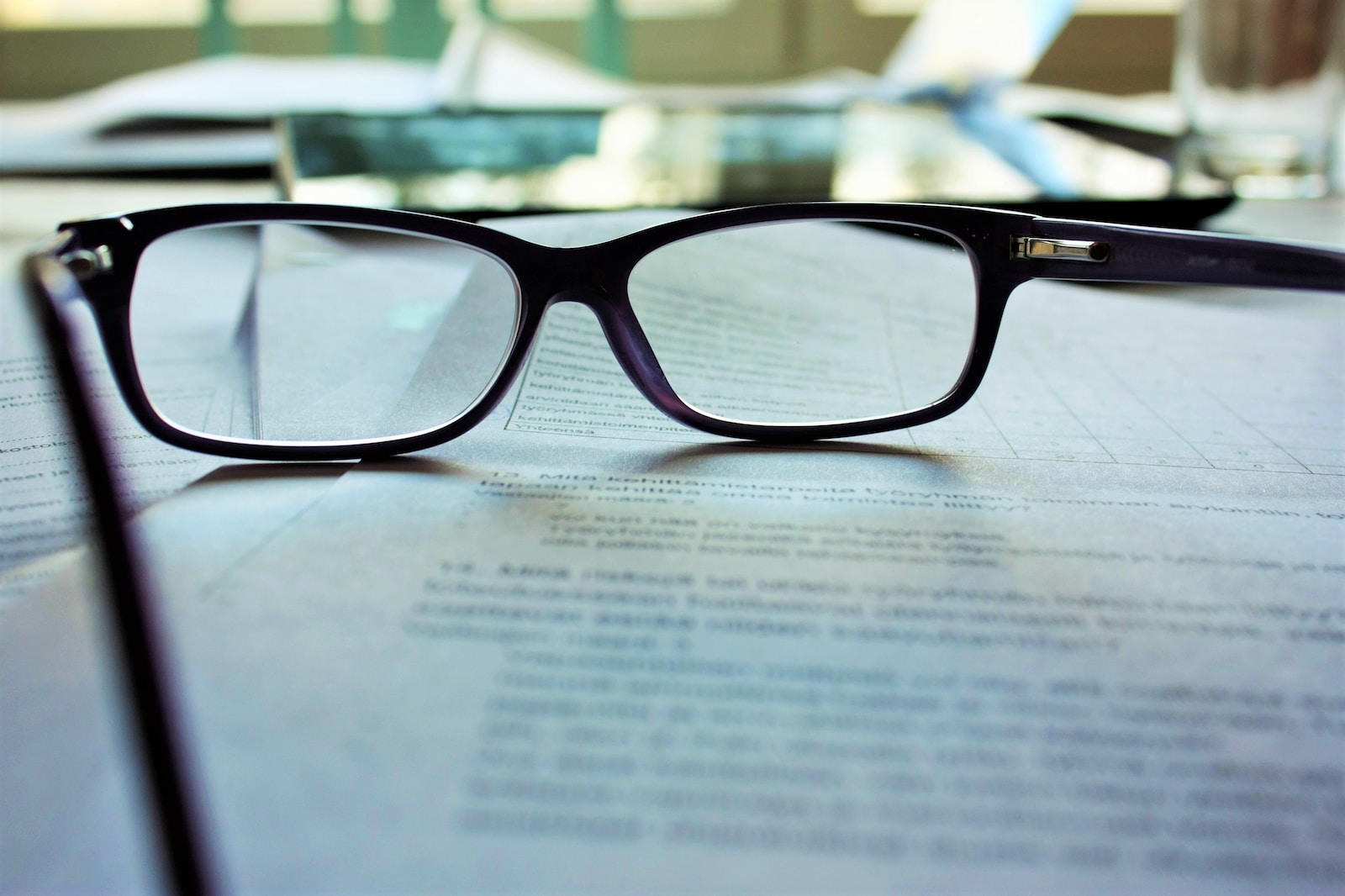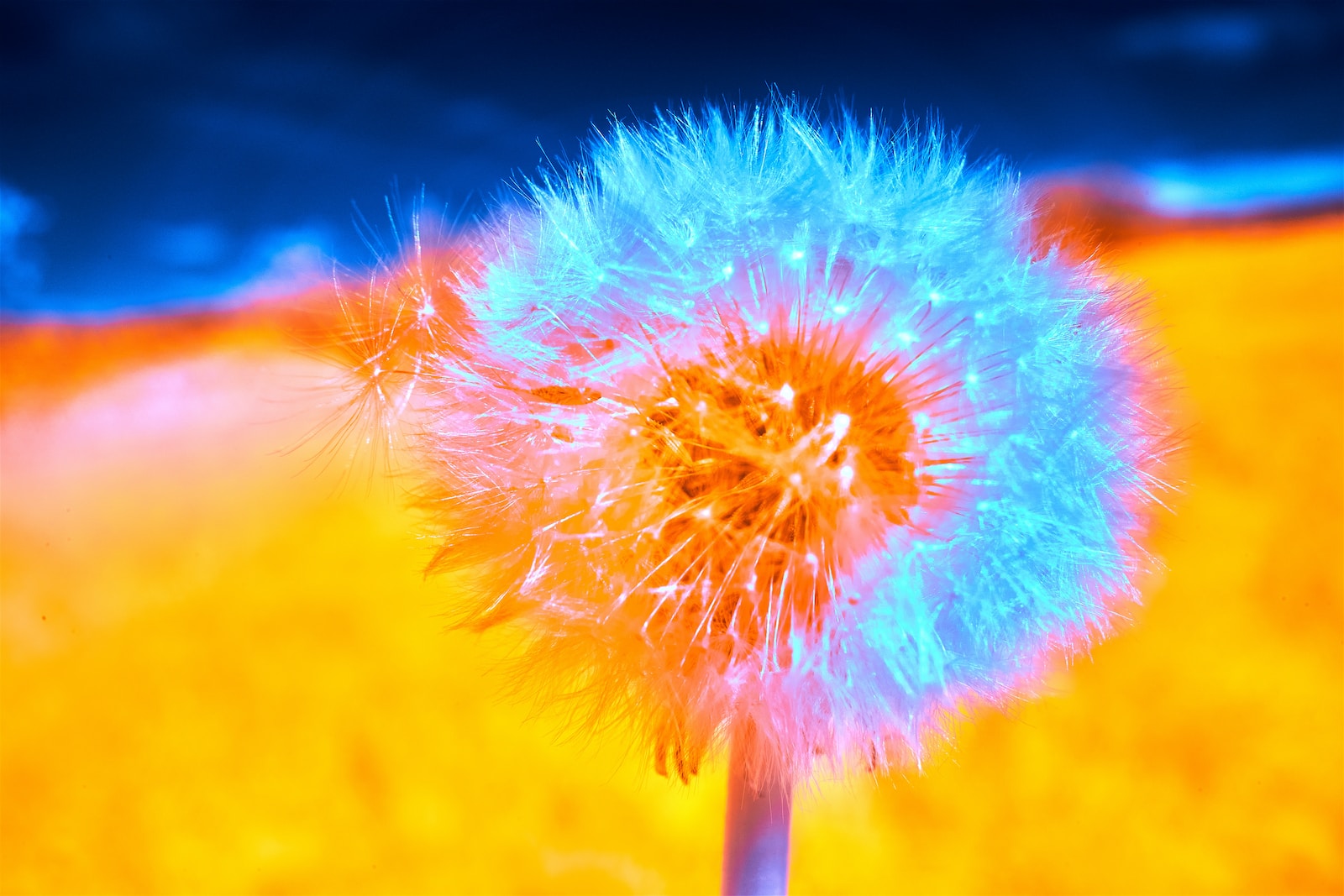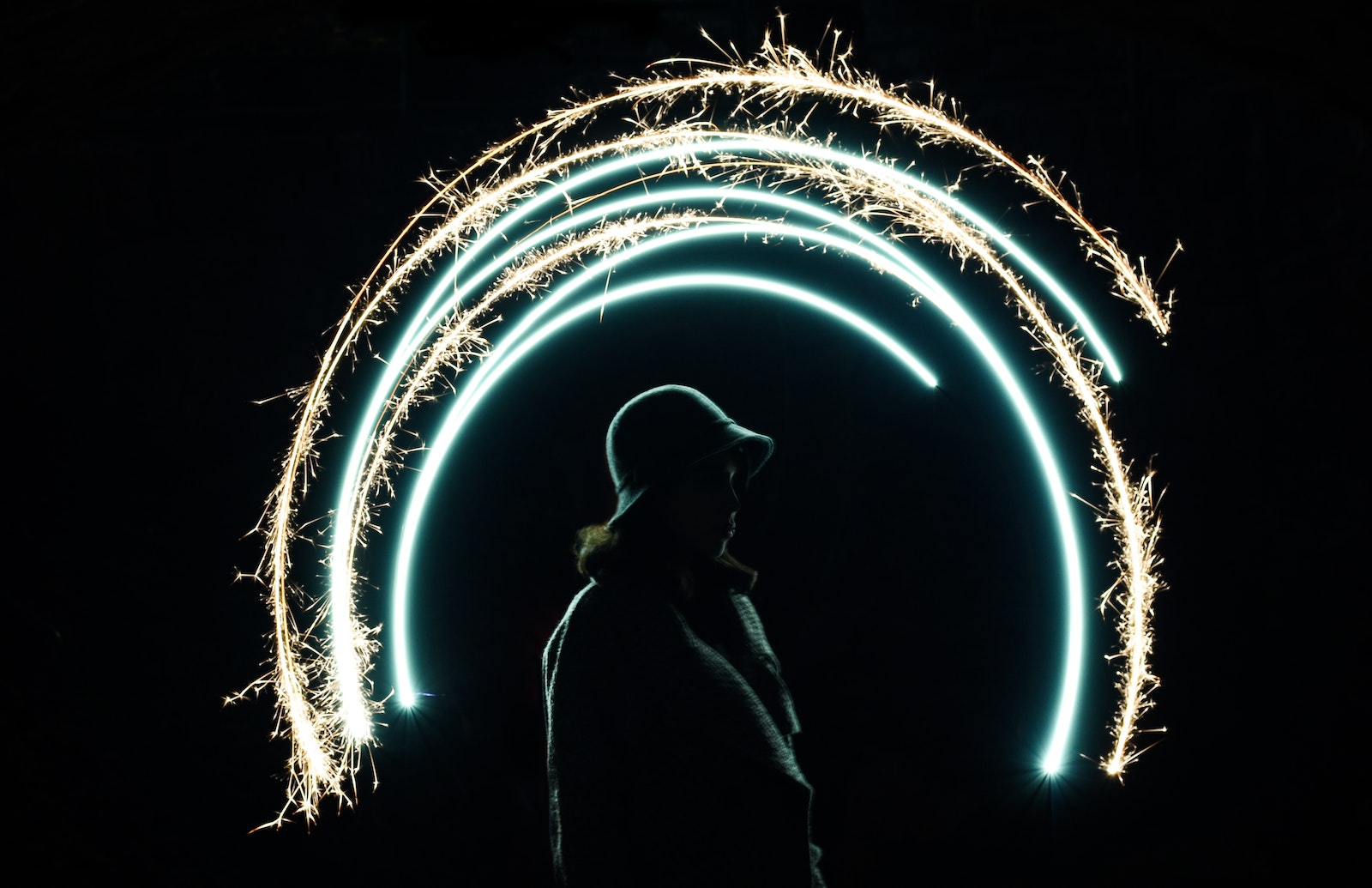Welcome to “Navigating the Copyright Maze: A Photographer’s Guide!” In this blog, we will delve into the intricate world of copyright laws and fair use, specifically tailored for photographers. We’ll explore how you can protect your valuable work from illegal usage and provide insight into copyrighting your photographs. Additionally, we’ll shed light on the legal recourse available when your creative vision is used without permission. Join us on this journey as we equip you with the knowledge to safeguard your artistic endeavors.
Table of Contents
- A Comprehensive Guide to Copyright Laws for Photographers
- What are the benefits of obtaining copyright for your photographs?
- What is fair use and how does it affect your rights as a photographer?
- How can you register your photographs with the U.S. Copyright Office?
- What are some practical strategies for preventing and detecting infringement of your work?
- The Copyright Challenge: A Photographer’s Experience
- Frequently Asked Questions
- Wrap Up:
A Comprehensive Guide to Copyright Laws for Photographers
As a photographer, you invest a lot of time, effort, and creativity into producing your work. You deserve to have your work respected and protected from unauthorized use. That’s why understanding and applying copyright laws is essential for safeguarding your intellectual property rights. In this article, we’ll cover the following topics:
- What are the benefits of obtaining copyright for your photographs?
- What is fair use and how does it affect your rights as a photographer?
- How can you register your photographs with the U.S. Copyright Office?
- What are some practical strategies for preventing and detecting infringement of your work?
By the end of this article, you’ll have a comprehensive understanding of copyright laws and how they apply to your photography. You’ll also learn how to take action to secure your rights and protect your work from misuse.
What are the benefits of obtaining copyright for your photographs?
When you create an original photograph, you automatically own the copyright to it. This means that you have the exclusive right to:
- Reproduce your photograph in any form or medium
- Distribute copies of your photograph to the public by sale, rental, lease, or lending
- Display your photograph publicly
- Create derivative works based on your photograph, such as adaptations, modifications, or translations
These rights give you full control over how your work is used and who can use it. You can also license or transfer some or all of these rights to others, such as publishers, clients, or collaborators.
However, owning the copyright to your photograph does not necessarily mean that you can enforce it. If someone infringes on your rights by using your work without permission, you may face difficulties in proving your ownership and seeking legal remedies. That’s why registering your photographs with the U.S. Copyright Office is highly recommended.
Registering your photographs provides several advantages, such as:
- Establishing a public record of your ownership
- Enabling you to sue for infringement and seek statutory damages and attorney’s fees
- Deterring potential infringers by showing that you take your rights seriously
- Preserving evidence of your creation date and originality
Registering your photographs is not difficult or expensive. You can do it online through the Electronic Copyright Office (eCO) system or by mail using paper forms. You can also register multiple photographs at once as a group or a collection, saving time and money.
What is fair use and how does it affect your rights as a photographer?
While copyright laws grant you extensive protection, they also allow for certain exceptions where copyrighted material may be used without permission. These exceptions are known as fair use.
Fair use is a legal doctrine that aims to balance the interests of the copyright holder and the public’s access to creative content. Fair use allows for limited and transformative use of copyrighted material for purposes such as:
- Criticism
- Comment
- News reporting
- Teaching
- Scholarship
- Research
- Parody
Fair use is determined on a case-by-case basis, depending on four factors:
- The purpose and character of the use, such as whether it is commercial or non-commercial, educational or entertainment, transformative or derivative
- The nature of the copyrighted work, such as whether it is factual or fictional, published or unpublished, creative or informative
- The amount and substantiality of the portion used in relation to the whole work, such as whether it is quantitatively or qualitatively significant
- The effect of the use on the potential market or value of the original work, such as whether it competes with or diminishes the demand for it
Fair use is not a clear-cut rule but a complex and subjective analysis. It can be challenging to determine whether a particular use of your work qualifies as fair use or not. Therefore, it’s important to have a clear understanding of fair use guidelines and consult a legal expert if you have any doubts.
Being aware of fair use exceptions also empowers you to make informed decisions regarding the usage of other people’s work. For example, you may want to use someone else’s photograph as a reference, inspiration, or illustration for your own work. In such cases, you should consider whether your use falls under fair use or not and seek permission if necessary.
How can you register your photographs with the U.S. Copyright Office?
As mentioned earlier, registering your photographs is not mandatory but highly beneficial. The process is simple and straightforward. Here are the steps involved:
- Prepare your photographs for registration. You can register them individually or as a group or a collection. A group registration allows you to register up to 750 photographs taken by the same author in the same calendar year. A collection registration allows you to register up to 10 unpublished works that are related in some way.
- Choose the appropriate registration method. You can register online through the eCO system or by mail using paper forms. Online registration is faster, cheaper, and more convenient than mail registration.
- Fill out the application form. You’ll need to provide basic information about yourself, your work, and your rights. You’ll also need to pay a registration fee, which varies depending on the method and type of registration. The current fees are listed on the U.S. Copyright Office website.
- Submit your photographs. You’ll need to upload or mail copies of your photographs along with your application form. The copies should be clear and complete and should match the information on the form. The copies will become part of the public record and will not be returned to you.
- Wait for confirmation. Once your application is received and processed, you’ll receive a certificate of registration or a notice of refusal. The processing time may vary depending on the method and volume of applications. You can check the status of your application online through the eCO system.
Once you receive your certificate of registration, you can enjoy the benefits of registering your photographs and have peace of mind that your work is protected.
What are some practical strategies for preventing and detecting infringement of your work?
Registering your photographs is a crucial step in protecting your rights, but it’s not enough by itself. You also need to take proactive measures to prevent and detect infringement of your work. Here are some strategies you can implement:
- Watermark your photographs. A watermark is a visible or invisible mark that identifies you as the owner of the photograph. It can be a logo, a signature, a text, or a symbol that is embedded into the image. A watermark can deter potential infringers by showing that you claim ownership of your work and that you monitor its usage. It can also help you prove your ownership in case of infringement.
- Embed metadata into your photographs. Metadata is information that describes your photograph, such as the title, date, location, camera settings, keywords, and copyright notice. Metadata can be embedded into the image file using software tools or online services. Metadata can help you manage and organize your work and provide evidence of your creation and ownership.
- Use digital rights management systems. Digital rights management (DRM) systems are technologies that control the access and usage of digital content, such as encryption, authentication, licensing, or watermarking. DRM systems can help you protect your work from unauthorized copying, distribution, modification, or display.
- Monitor the usage of your work online. You can use various tools and services to track and identify where and how your work is used online, such as reverse image search engines, image recognition software, or online platforms that offer image protection services. Monitoring the usage of your work online can help you detect infringement and take action accordingly.
If you discover that someone is infringing on your rights by using your work without permission, you have several options to deal with it, such as:
- Contacting the infringer and requesting them to stop the infringement or pay a license fee
- Sending a cease and desist letter or a takedown notice to the infringer or the hosting platform
- Filing a lawsuit against the infringer and seeking legal remedies
- Negotiating a settlement or an agreement with the infringer
The best course of action depends on the nature and extent of the infringement, the potential damages, and the costs involved. You should consult a legal expert before taking any action to ensure that you protect your rights effectively and efficiently.
As a photographer, you have the right to control how your work is used and who can use it. By understanding and applying copyright laws, you can secure your rights and protect your work from unauthorized use.
The information on this website article is for general information purposes only. It does not constitute legal advice or opinion on any specific issues related to copyright law. You should not rely on the information on this website article as a basis for making any decisions. We are not liable for any loss or damage caused by your use of or reliance on the information on this website article.

The Copyright Challenge: A Photographer’s Experience
As a photographer, your images are your creative masterpiece. You invest countless hours, skill, and talent into capturing the perfect shot. So, imagine the frustration when you come across your photograph being used without permission or proper attribution. Unfortunately, this is a common occurrence in the digital age, highlighting the importance of understanding copyright laws and how to protect your work.
Case Study: Protecting the Work of Jane Smith
Let’s delve into the real-life experience of Jane Smith, a talented photographer who faced a copyright infringement challenge with one of her stunning wildlife photographs.
Jane had captured a breathtaking image of a rare species of birds in a remote rainforest. She had meticulously researched, hiked for miles, and waited patiently for hours to capture this once-in-a-lifetime shot. Jane’s photograph had gained recognition and praise when it was featured in a prominent wildlife magazine.
However, Jane soon discovered that her photograph had been shared extensively online without her permission. In some cases, the image was even used for commercial purposes, generating substantial profits for unrelated companies.
With the unauthorized use of her image, Jane was left feeling violated and frustrated. Determined to protect her work, she embarked on a journey of learning and exploring copyright laws, fair use, and how to safeguard her photographs.
First, Jane researched copyright laws specific to her country to understand her rights as a photographer. She learned that copyright protection automatically applies to her photographs from the moment they are created.
Next, she discovered the concept of fair use, which allows limited use of copyrighted material without obtaining permission. However, Jane realized that the unauthorized commercial usage of her photograph did not fall under fair use and was, in fact, a clear violation of her rights.
To protect her work in the future, Jane learned the importance of copyright registration. By registering her copyrights, she would have additional legal recourse against infringers, making it easier to enforce her rights and seek damages in court if necessary.
Legal Recourse: Jane’s Rights as a Photographer
With a deep understanding of copyright laws and her rights, Jane decided to take legal action to protect her work. Armed with the evidence of copyright ownership and unauthorized usage, Jane consulted with a lawyer specializing in intellectual property rights.
Together, they compiled the necessary documentation, including proof of copyright registration, evidence of unauthorized usage, and a calculation of the damages caused by the infringement.
With her legal team’s support, Jane sent cease and desist letters to the infringers, demanding the immediate removal of her photograph and compensation for the damages caused. In most cases, the threat of legal action and potential financial consequences were enough to resolve the issue.
However, Jane encountered some resistance from one particularly stubborn infringer. In this case, she had to initiate a legal proceeding, which eventually resulted in a favorable judgment. Not only was her photograph taken down, but she also received compensation for the unauthorized usage.
Through her journey, Jane gained a comprehensive understanding of copyright laws, fair use, and the importance of proactive measures to protect her work. Her experience serves as a valuable lesson for photographers navigating the copyright maze.
In conclusion, understanding copyright laws and taking proactive steps to protect your work is essential for every photographer. By registering your copyrights, understanding fair use, and being prepared to take legal action if necessary, you can safeguard your creative efforts and ensure that your work is respected and used appropriately.
Frequently Asked Questions
1. What are copyright laws?
Copyright laws are legal regulations that grant creators of original works, such as photographers, exclusive rights to their creations. These laws protect photographers from unauthorized use or reproduction of their photographs.
2. What is fair use?
Fair use is a legal doctrine that allows limited use of copyrighted material without permission from the copyright owner. It typically applies to educational, transformative, or commentary purposes. However, determining fair use can be complex and is evaluated on a case-by-case basis.
3. How can photographers protect their work?
Photographers can protect their work by adding a copyright notice to their photographs, registering their work with the U.S. Copyright Office, and employing digital watermarking or metadata embedding techniques. Additionally, it’s crucial to understand and manage licensing agreements.
4. How can I copyright my photographs?
To copyright your photographs, you automatically gain copyright protection upon creation. However, registering your work with the U.S. Copyright Office provides stronger legal rights and options for pursuing legal recourse in case of infringement.
5. What legal recourse do photographers have if their work is used without permission?
If your work is used without permission, you can take legal recourse by sending a cease and desist letter to the infringer, negotiating a settlement, or filing a lawsuit for copyright infringement. Consulting with a copyright attorney is advised to explore the best course of action based on your specific case.
Wrap Up:
In conclusion, understanding copyright laws and fair use is crucial for photographers looking to protect their work. By actively copyrighting your photographs and staying vigilant in monitoring their usage, you can safeguard your creative endeavors. Remember, if you find that your work has been used without permission, you have legal recourse available to you. Navigating the copyright maze may seem daunting at first, but armed with knowledge and a proactive approach, you can confidently navigate and protect your photography.
We hope this guide has provided valuable insights and practical steps for safeguarding your work. If you have any questions or experiences to share about navigating copyright laws as a photographer, please feel free to leave a comment below. We encourage you to engage in the conversation and share your thoughts. Together, we can help each other in the pursuit of protecting our artistic creations.



